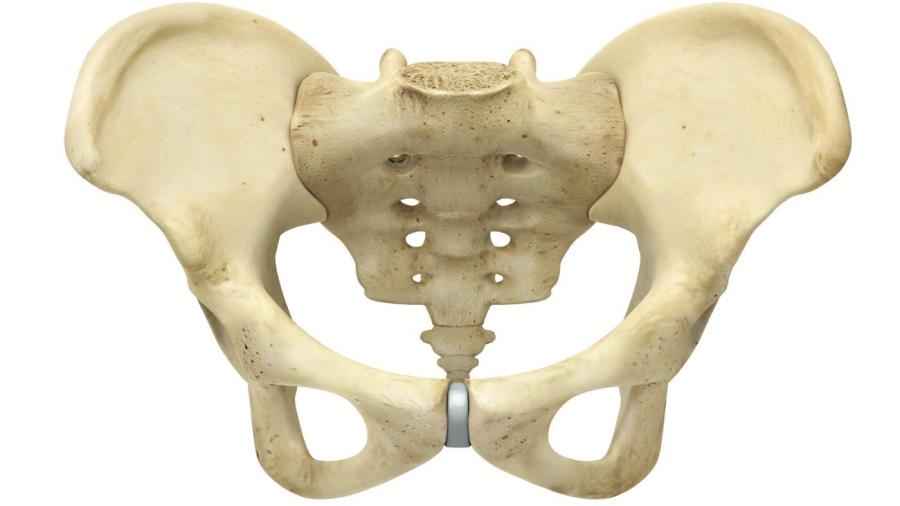What Are the Differences Between the Male and Female Pelvis?

The biggest differences in the pelvises of men and women are the sizes of the pelvic inlet, sciatic notch and the angle of the two pubic bones that meet at the front. In a woman, the pelvis inlet is wider and more circular in shape while a man’s is smaller and heart-shaped.
Men have narrower sciatic notches than women, the angle at which the two pelvic bones join at the front are acute and the angle in women is obtuse. Women also have a more outwardly-flared hip bone while men’s are narrower. Most of these differences are due to the reproductive needs of the female anatomy. Women’s pelvic bones are thinner and lighter than men’s pelvic bones. The wider and shorter stature of a woman’s hips allows more space for a baby’s head to pass through when it is born. The angle of the acetabulum is angled more to the front, which changes the gait and posture in both men and women.
The main function of the pelvis is to house and protect the reproductive organs and rectum and anchors many strong muscles, including those of the thighs and abdomen. In childhood, the pelvis begins as many individual bones, including the ilium, ischium and pubis that fuse together to become stronger.





